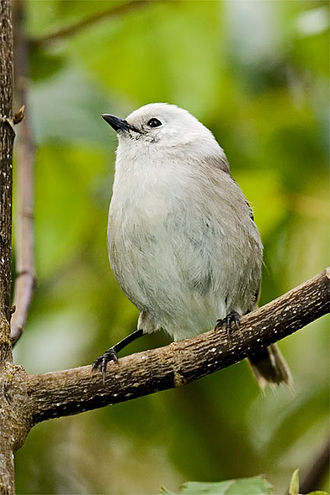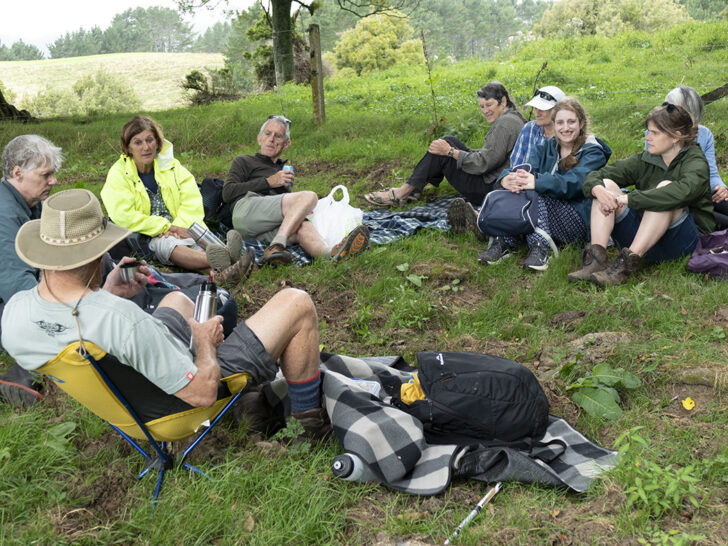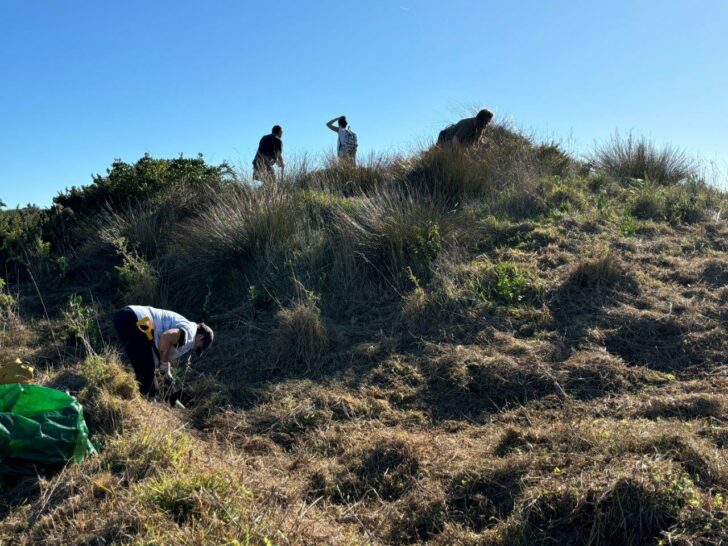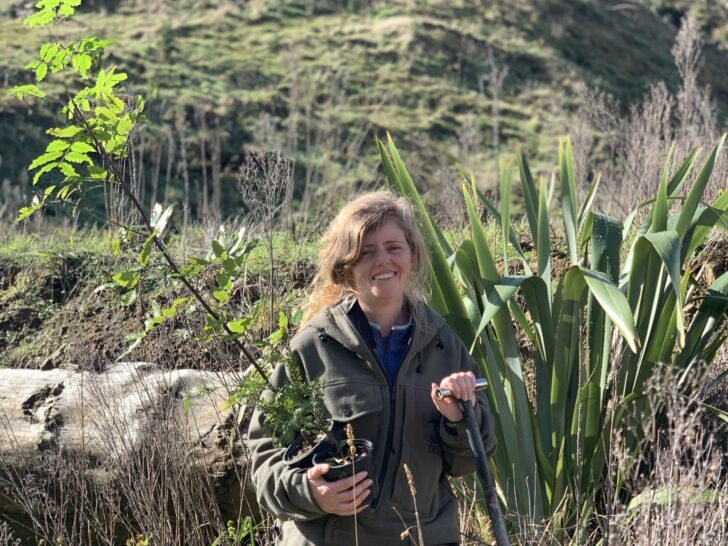Support our community to restore Taranaki's natural environment
We can’t do it alone. We need your help! Any money you donate will go directly to supporting Taranaki projects restoring and protecting biodiversity. You get to choose where it goes to. And if you can’t help out with cash, you can help in other ways.
Conservation efforts improving species

The pōpokotea, or whitehead, is one of the improving bird species
Two bird species in Taranaki have improved so much they are no longer seen as threatened, according to the latest Conservation Status List put out by the Department of Conservation.
The improvement of the North Island brown kiwi and pōpokotea/whitehead, which takes their status off the ‘Not Theatened’ list, is due to large scale conservation efforts. However, they are still considered Conservation Dependant, meaning that without continued efforts to control predators they will decline.
Other Taranaki species that have improved are grey duck (was Nationally Critical, now Threatened Nationally Vulnerable), banded dotterel (was Nationally Vulnerable now At Risk Declining) and the North Island saddleback/tieke (was At Risk Recovering, now At Risk Relict).
On the not-so-good news, four species in Taranaki have seen a decline in their status. These are the Long-tailed cuckoo (was At Risk Naturally Uncommon, now Threatened Nationally Vulnerable), Yellow crowned kakariki (was Not threatened, now At Risk Declining), Black shag (was At Risk Naturally Uncommon now At Risk Relict) and the Little shag (was Not Threatened now At Risk Relict).
Halema Jamieson, Senior Ecologist at Taranaki Regional Council, says the status review is largely positive, with the improved status of most species due to the success of conservation efforts, although continuing large scale predator control and habitat restoration were important to hold on to the gains.
In some cases the declines were the result of more information and understanding since the last classification round, rather than a true decline in the population.
However, the long-tailed cuckoo and yellow crowned kakariki were the most concerning as those species relied on large forest areas like those found in the eastern hill country. “In Taranaki, our focus for these areas to date has been mostly around kiwi, where mustelid and dog control is the key,” she said.
“Ongoing large scale control of possums, mustelids, cats and rats, along with effective goat and deer control over large areas, is really what is needed if more vulnerable forest birds, lizards and bats are going to recover. It will take a collective effort by DOC, councils and private landowners. Just a small task!”
The NZ Birds status review was last carried out in 2016. To read it go to:
https://www.doc.govt.nz/globalassets/documents/science-and-technical/nztcs36entirepdf



